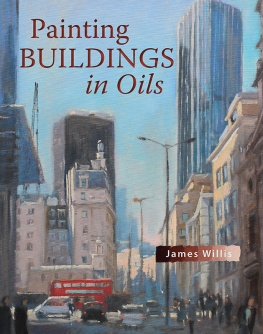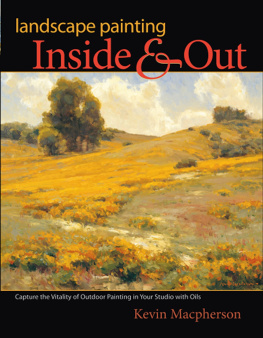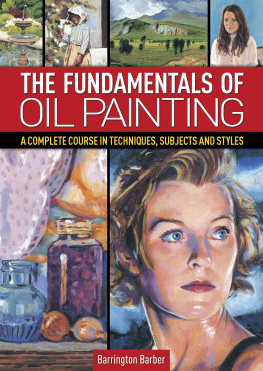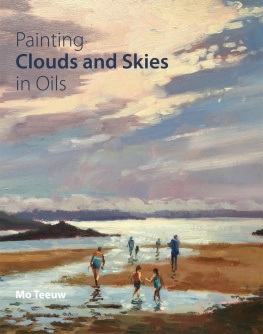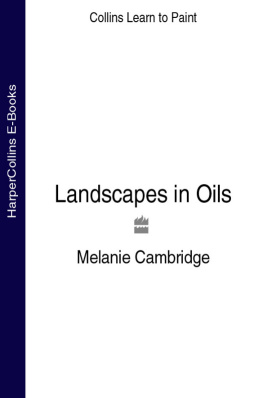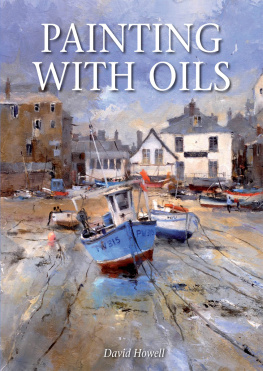Page List
Painting Buildings
in Oils
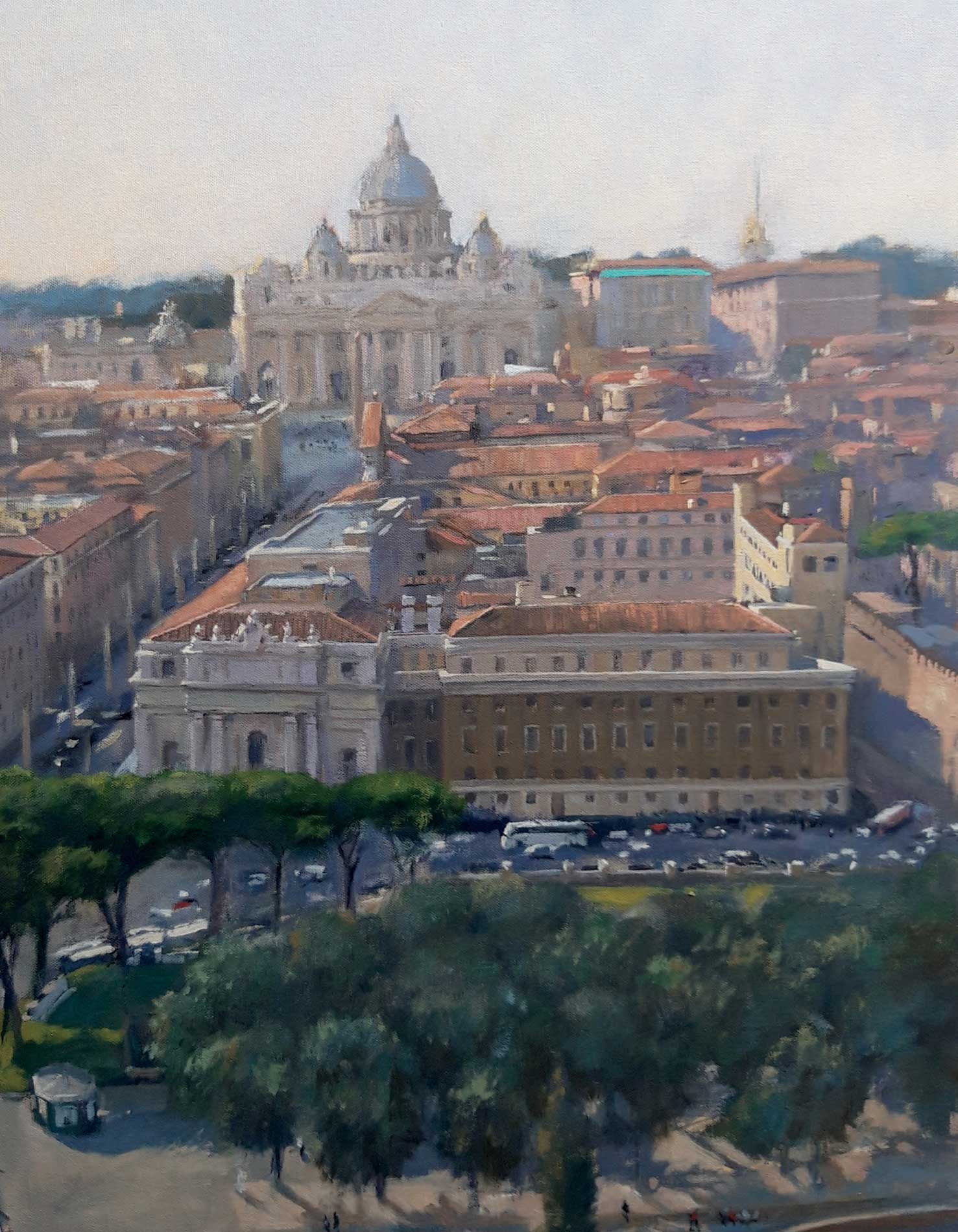
End of Day, Rome(detail); James Willis, oil on canvas.
Painting Buildings
in Oils
James Willis

First published in 2021 by
The Crowood Press Ltd
Ramsbury, Marlborough
Wiltshire SN8 2HR
www.crowood.com
This e-book first published in 2021
James Willis 2021
All rights reserved. This e-book is copyright material and must not be copied, reproduced, transferred, distributed, leased, licensed or publicly performed or used in any way except as specifically permitted in writing by the publishers, as allowed under the terms and conditions under which it was purchased or as strictly permitted by applicable copyright law. Any unauthorised distribution or use of this text may be a direct infringement of the authors and publishers rights, and those responsible may be liable in law accordingly.
British Library Cataloguing-in-Publication Data
A catalogue record for this book is available from the British Library.
ISBN 978 1 78500 841 2
Preface
T here are many books about painting, and specifically painting buildings, on the market today. They range from simple guides on how to get started, progressing through technical painting manuals, to detailed histories of painting, architecture and cityscapes. In addition, guides on drawing perspective and oil-painting techniques are readily available.
This book aims to provide inspiration for artists at all levels to explore and enjoy the challenge of painting buildings using oil paints. It has been informed by my own experience over many years of investigating such subjects through research and practice, using sketching and drawing as the starting point for a painting. The following chapters explain my thoughts on how to begin a creative journey, initially using simple tools and materials in sketchbooks, followed by more detailed approaches to drawing perspective, through to developing paintings out of doors as well as in the studio.
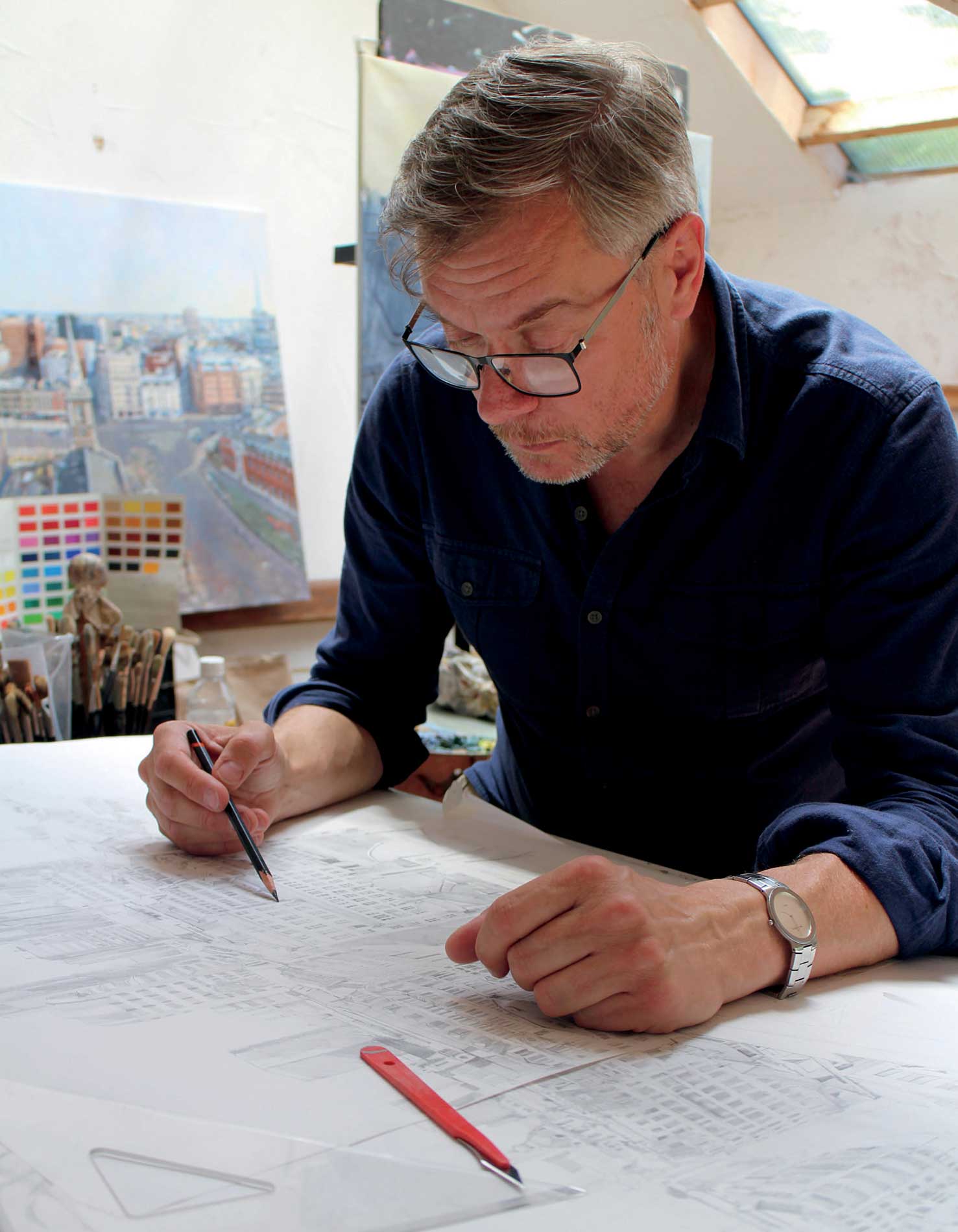
James Willis working in the studio.
I have been helped on this journey by other artists working with techniques and approaches that complement those of my own, and which I hope will enrich the readers experience. My own painting style could not have evolved without the regular practice of drawing in all forms, and it continues to absorb me. The emphasis on buildings and architecture has long been more than a passing interest: from a very young age I remember the fascination I felt for buildings, their plans and their structures. Like the English artist J.M.W. Turner, if I were able to come back again, I too would be happy to return as an architect.
I have been fortunate enough to work at the celebrated Sir John Soanes Museum, the former home of the Georgian architect, which houses an important collection of architectural drawings and art. Here, as Soane himself intended, resources and inspiration can be found for artists and architects alike. Similarly, working with Frosso Pimenides at the Bartlett School of Architecture, where concepts and theories combine in a world of creative activity, continues to have a significant influence on the way I see the world.
In painting, that world is very broad. I have been extremely lucky to have been able to travel and experience buildings in different countries both as an individual and as a tutor for groups. Together we have explored the built environment through sketching and painting; each time, new themes and ideas have emerged. These themes germinate for a time before being planted in the studio, nourished by drawings, colour studies, historical research and oil techniques, all of which I have tried to present in the following pages to inspire readers on their own creative journey. There are, of course, many times when the direction of the journey can vary, inspiration can change or dry up, paint seems to have a mind of its own and misbehaves, or new ideas completely take over existing ones to challenge concepts and even working practice.
WORKING UNDER RESTRICTIONS
At the time of writing, the coronavirus pandemic, Covid 19, forced the world into lockdown, leaving all of us in uncharted territory. For artists like myself, whose work relies on working out of doors in cities and small architectural spaces, changes in approach, practice and even concepts were not only needed, but necessary. Unable to visit my studio for weeks, the only spare room in my house, one of minute proportions, had to be suddenly converted into office, studio and, due to the need to operate online lectures, a classroom.

